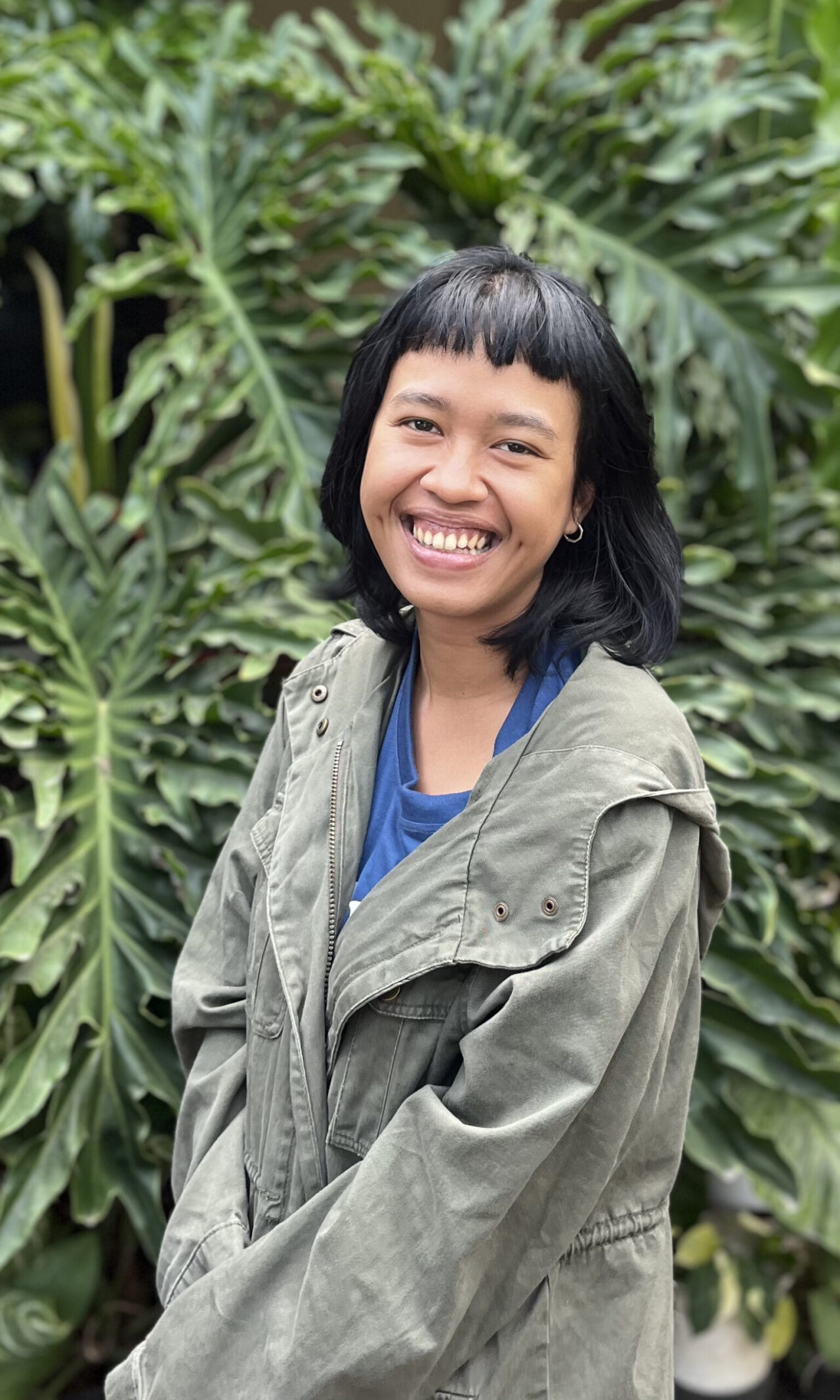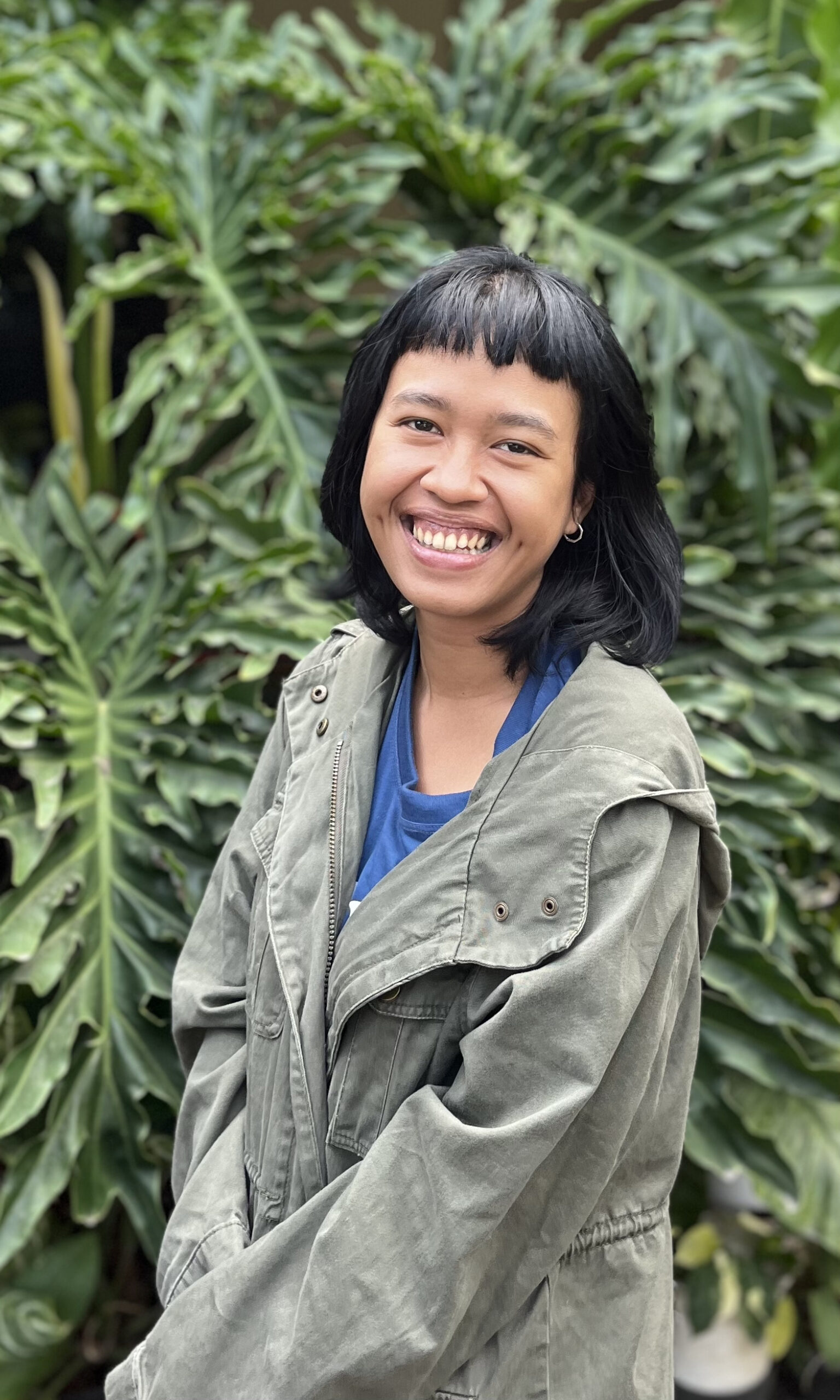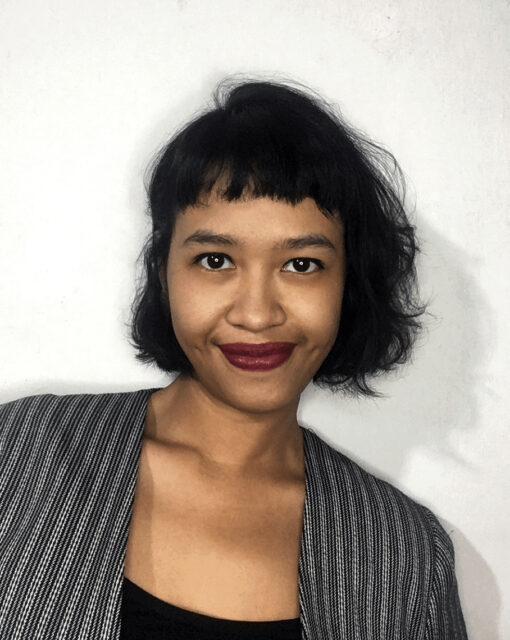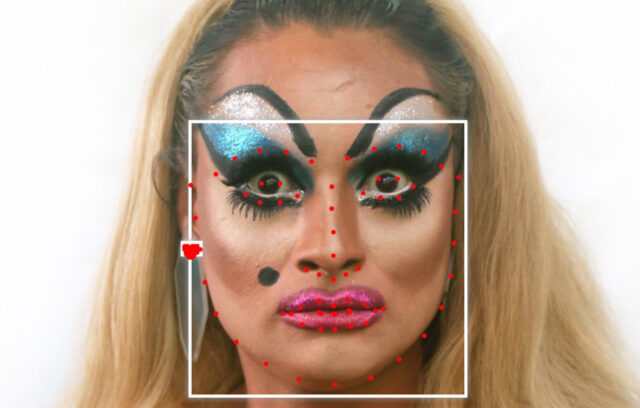You were a finalist for the 4th VH Award. Can you tell me about the work that garnered you this honor?
Fluidity of Future Machines is the last video in a trilogy that looks at the ways in which education is formed by historical values, as well as expectations around future technology. The project began in 2019, when my friend and collaborator recorded me, as I was still in the process of making History Then and Now, 1800s, using old thesis drafts. This gave rise to a video that addressed contemporary issues around education and was narrated by a child. The second video was grounded in one of the elements that paper comes out of—soil—and was narrated by a storytelling mother, who relayed a script I wrote that discussed racial anthropology from the counter-perspective of Dr. Fenneke Sijsling’s Racial Science and Human Diversity in Colonial Indonesia. To the best of my knowledge, memories or history are always closely related with land acquisition and contribute to shaping our identity today. The third video, which I worked on for the VH Award, was a collage of microscopic, medium shot, and bird-eye footage, throughout which an old man reflected on his relationship to water, which is another element that forms paper and represents water acquisitions for mass-produced technology.
What was your focus during your time at Eyebeam? Was there a culminating project?
I was producing Fluidity of Future Machines throughout the residency, shooting video on microscopes, and working with an editor to edit the videos. This was paired with Eyebeam meetings and group sessions throughout.
How has dialogue or collaboration with Eyebeam artists and alumni factored into your work?
At the beginning of the residency, as I was figuring out the best way to put text in my video, conversations with [Eyebeam Alumni Artist] Zach Lierberman were important. He gave me an interesting idea to approach it as a graphic text, and I’m currently producing an artwork that develops that technique. I also asked [VH Award mentor] Kamau Patton about the status of historical archives in contemporary art because that was something that came up when I made the video about racial anthropology.
How do you think about the role of the artist in society?
For society, artists constitute a complicated situation! You better not put down “artist” as your occupation for an ID card here in Indonesia; it’s really not common as it will be challenging to function as a citizen for the simplest administrative purposes. I think that, as artists, we can look at things differently from the rest of the general population, and with depth, because we live in a freer state of mind, and maybe that can effect changes. At least starting with those who are closest to us. Freedom with consequences I must say.






